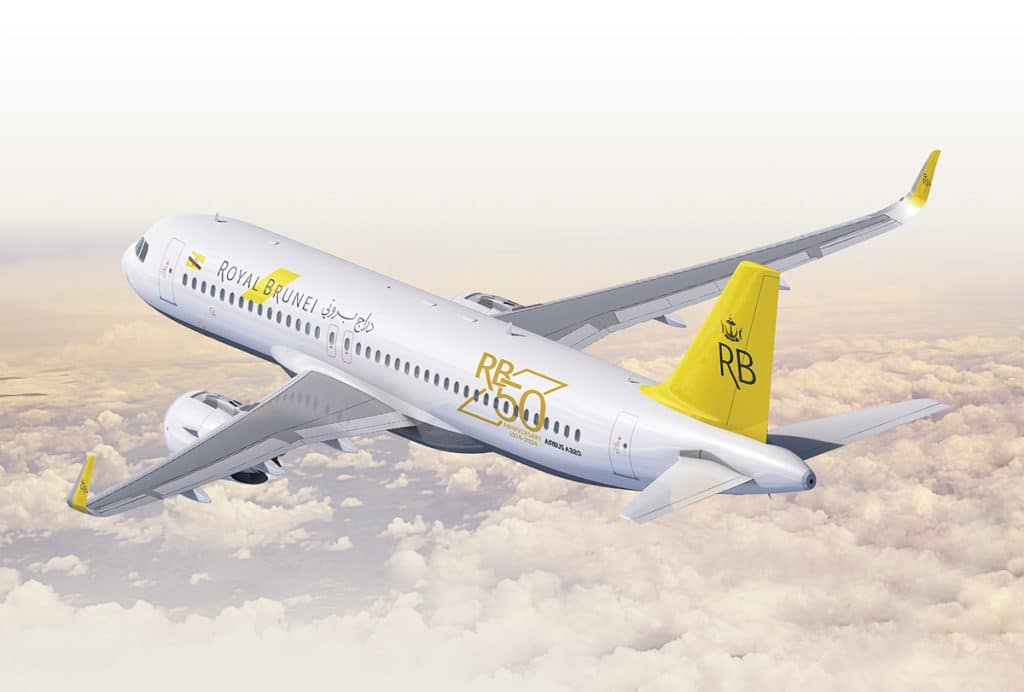At IBC and VSAT, Talk Abounds of Challenges and Evolving Technologies
Before the recent IBC and VSAT conferences fade too far from memory, we want to share some of the insights Intelsat’s leaders gained at these events after attending presentations and talking to customers. Below, Intelsat’s attendees discuss the most talked-about challenges, and the main technology themes running through the discussions they had with customers and other attendees. Their thoughts:
Peter Ostapiuk, Head of Media Product Services:
“Customers want to reduce their costs by taking advantage of new technology. For example, customers with hundreds of fiber-based and satellite-connected sites, are looking for one platform to converge their separate satellite and fiber networks to one control system with two-way video, data and voice connectivity. This type of challenge was very representative of the discussions around complex networking requirements and the need to simplify the operational aspects.
“On the technology side, there was a lot of talk about 360 degree video, which is often lumped in with virtual reality. Several vendors exhibited different technologies from origination to editing and displaying. Some people pointed out that if 3D TV failed because people wouldn’t wear lightweight 3D glasses, will consumers adapt to wearing heavy 360 goggles?”
Andrew Faiola, Director, Europe Mobility Sales:
“At the VSAT conference there seemed to be general consensus that we are in the middle of a hugely disruptive period in terms of technology. People are now getting that it is not only about new HTS satellites, but also about how antenna and platform technology all have to work together to drive value. Someone mentioned that they remembered when space segment usually made up about 80% of the cost of a network and ground segment the rest, and they are now seeing that approach 50%/50% in many cases, changing the model.
“One of the panels at VSAT was asked a question about the most disruptive technologies, and the panelists converged on two things: flat-panel antenna technology and LEOs. Kymeta and OneWeb were mentioned specifically more than once, so I think that re-validates the investments Intelsat has made in these two ventures.”
Stephane Thibault, Managing Sales Director, Asia Pacific:
“Regionalization is a continuing theme. Most programmers in Asia are facing tough decisions on adapting their content to the various countries and regions in Asia Pacific. Asia Pacific is a very large territory with a unique and very diverse mix of cultures and viewing habits. Thankfully, we have adapted solutions. While a wider neighborhood like Intelsat 20 is more adapted to pan-regional channels, we have other more focused neighborhoods (Intelsat 17, Horizons 2, Intelsat 19) and Mbps-based solutions that can cater to more localized expansion of our customer base with the right economics.
“In terms of technology themes, IP and 4K technologies continue to be the main drivers of our customers searching for the right platform. Multi-screen distribution, from iPhone to 4K, was an integral part of our conversations at IBC. Our customers are realizing that the IP eco-system is maturing and they are firming up their strategies accordingly. IntelsatOne Prism is a good fit for a lot of customers planning their IP infrastructure migration and represents significant new revenue streams for them and innovative solutions that they can implement to expand their customer base.”
Richard Kohlweg, Managing Sales Director, Latin America Media:
“A lot of our customers just upgraded to HD and now we have 4K and 8K testing going on, so their challenge is deciding whether they should just skip 4K altogether. Even though some are producing and warehousing content in 4K, the cost to truly upgrade the workflow system to UHD is still prohibitive. They have plans in the horizon to launch 4K feeds but are still unsure of the financial returns. They are considering how to leverage OTT to complement their Pay TV businesses for which growth has slowed.
“The theme this year at IBC was Transformation in the Digital Era. Our customers are looking for ways to transform their business and business models, from content aggregation to distribution strategies. This includes having content available on different platforms, i.e. linear, non-linear, SVOD, OTT, mobile devices, etc. New technologies like virtual reality will provide new revenue streams, with 4K continuing to develop as the industry comes to agreement on an HDR standard.”
Mark Rasmussen, Vice President, Americas
“This year our customers came to us with challenges that reflect their desire to incorporate OTT in a way that supports viewers’ consumption preferences, but at a quality level that allows content owners to command high-value advertising to create a sustainable revenue stream. Otherwise, the business model is still not there. We’re working with media customers on thinking about OTT in the context of live events. If delivered with a consistently high-quality viewing experience guaranteed, that content type could generate the kind of revenue potential that makes it a viable business.
“From a technology standpoint, managing IP streams all the way to the content consumer is a top priority. I think many in the sector think that 4K would continue to dominate the conference, but from my point of view, IP was very much the dominant theme.”





















